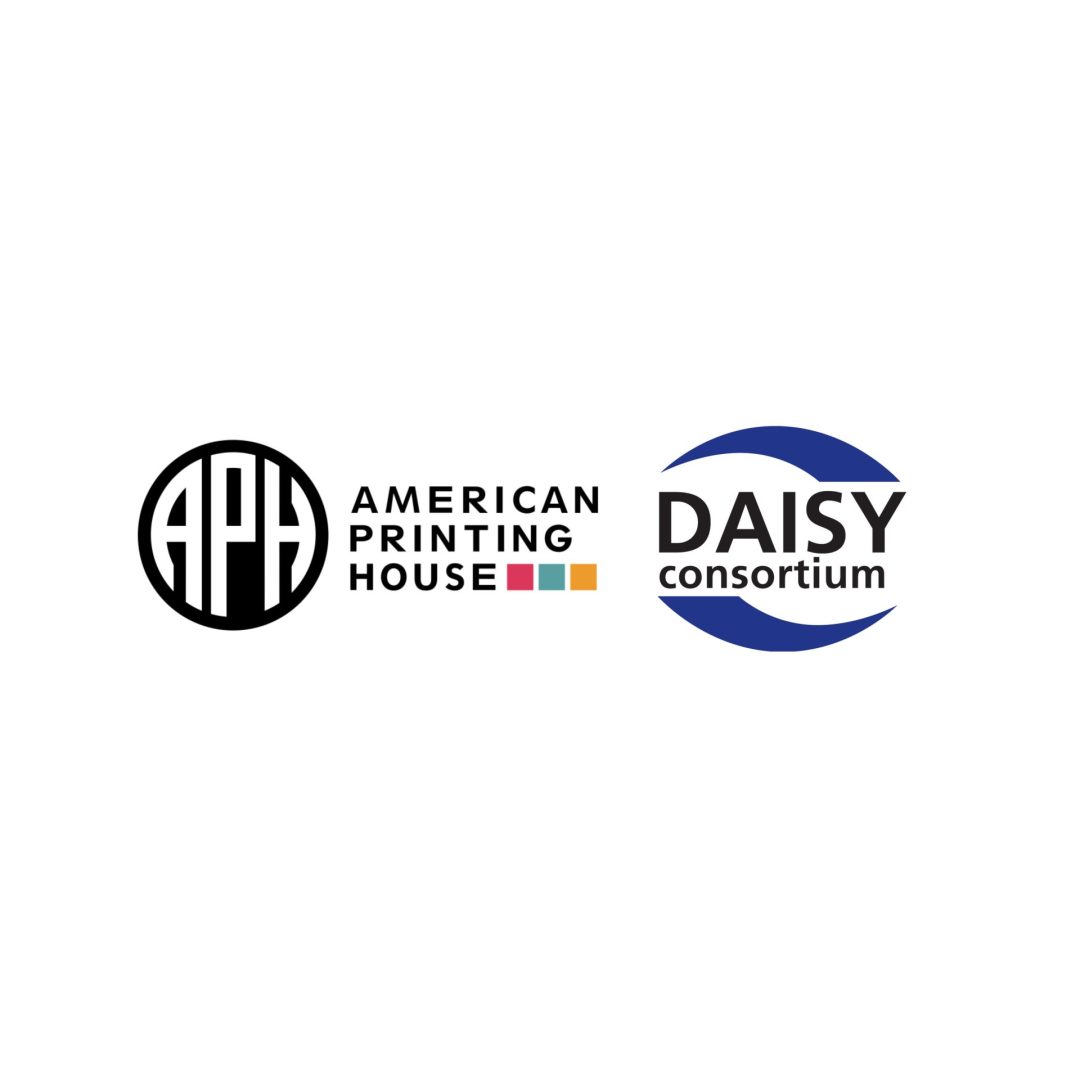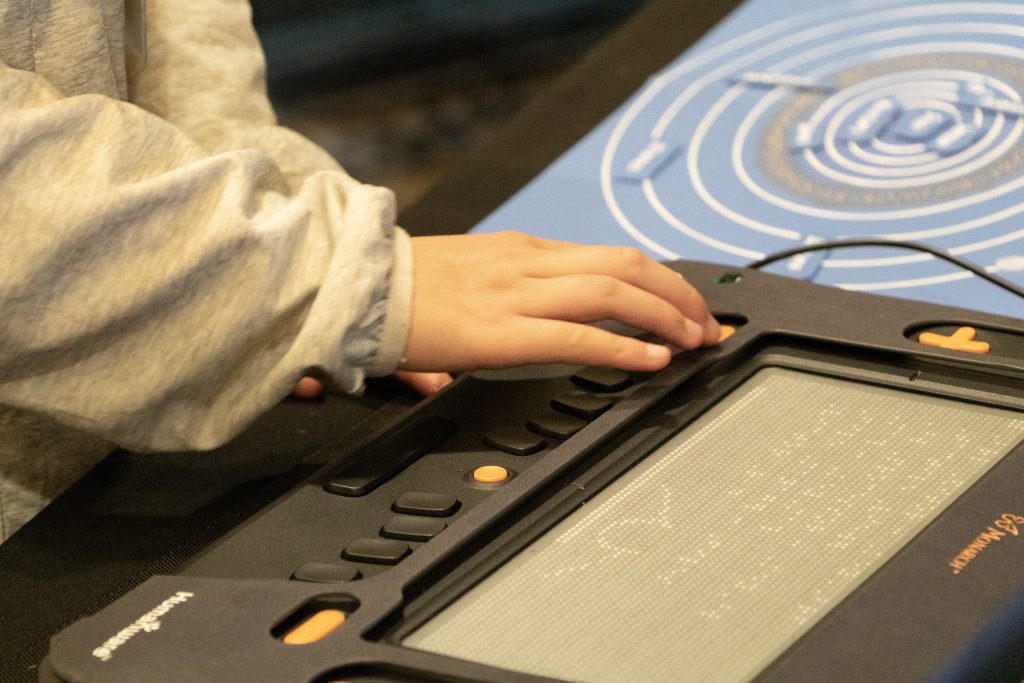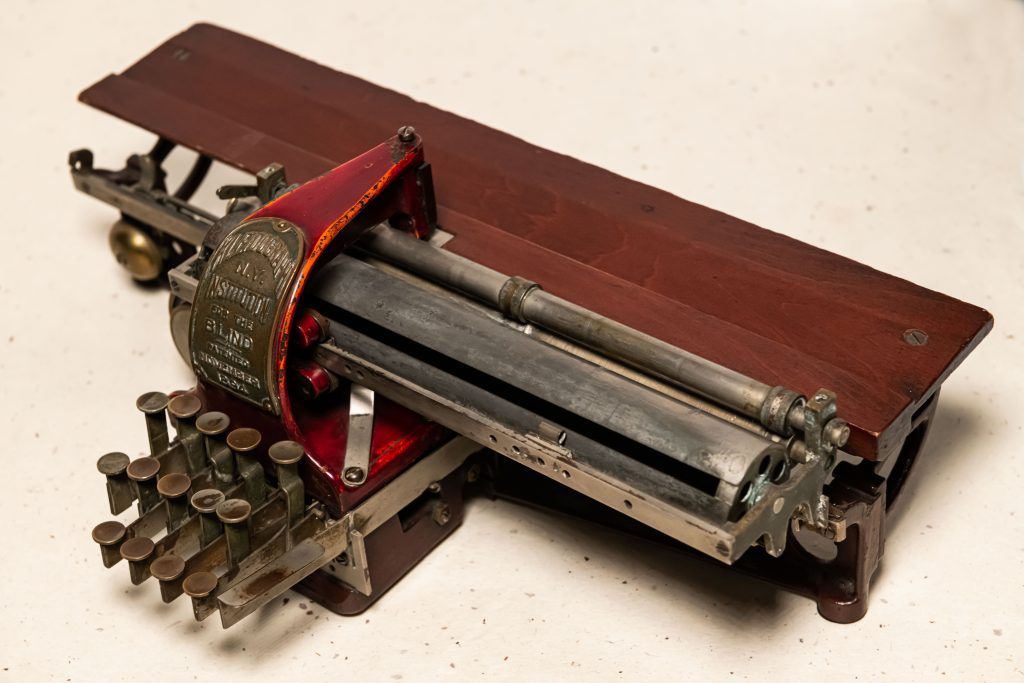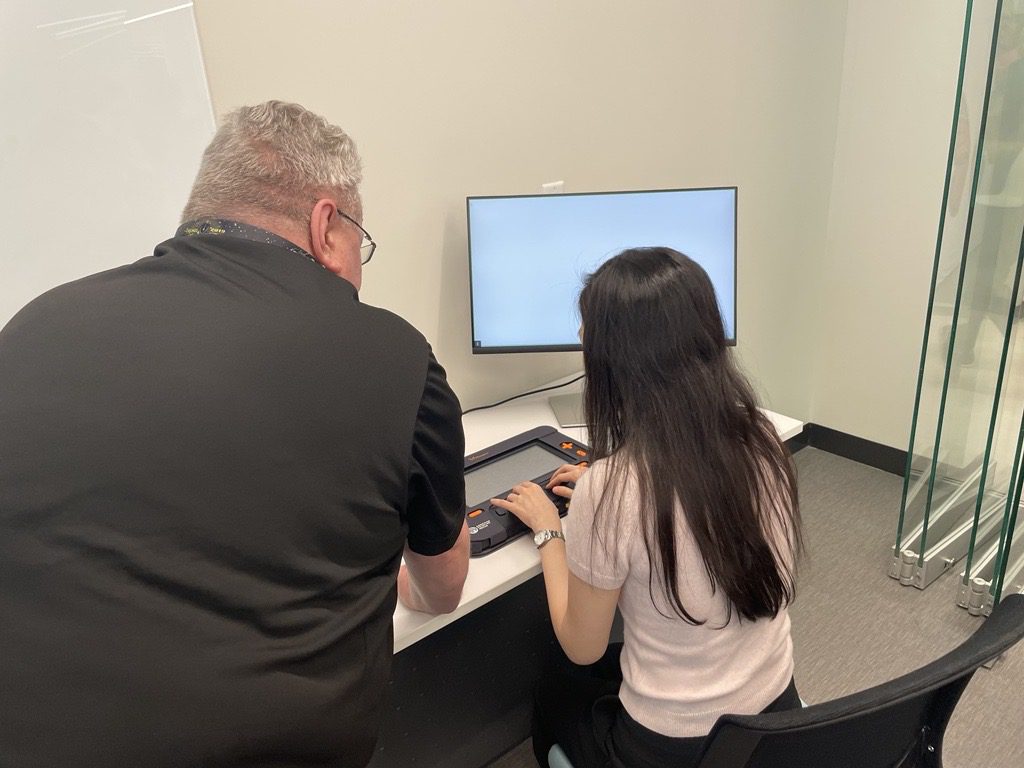How APH’s Partnership with the DAISY Consortium Assisted with the Development of eBraille

When APH began looking for partners to help create eBraille, we searched for an organization that was also passionate about serving the blind and low vision community and had expertise in developing new file standards. The DAISY Consortium met these criteria, and their global reach assisted APH in obtaining many more partners. We are grateful for their assistance in making eBraille a reality for everyone across the world.
Founded in 1996, the DAISY Consortium was created by talking book libraries to head the international shift from analog to Digital Talking Books. Originating in Sweden in 1994, the DAISY Format Standard gives users a flexible and navigable reading experience. Citizens in various countries utilize the DAISY Format to read books including Finland, France, Japan, Canada, Germany, Switzerland, Spain, Australia, New Zealand, Norway, the United Kingdom, the Netherlands, Denmark, and the United States. Today, the DAISY Consortium is known for embedding accessibility features into EPUB documents so everyone can enjoy eBooks. Read more about the organization’s history and achievements.
In November 2022, APH’s Nicole Gaines, a representative on the DAISY Board, attended a meeting in Milan, Italy, where the eBraille spec was taken under DAISY’s purview. Willow Free became the co-chair of the eBraille Working Group and recalled the approach DAISY took to help make eBraille. Along with providing APH aid from partners of their own, DAISY suggested focusing on the problem, as every product is manufactured to resolve an issue. A file standard needed to exist to allow braille and tactile graphics to be read together in one electronic document, and it had to be compatible with multi-line displays. Before any other decisions were made, everyone discussed the features eBraille files would contain. “I like that we took the time to talk to people, to have our own assumptions challenged,” said Willow Free, APH’s Tactile Technology Product Manager. eBraille is a worldwide standard and collaborating with others ensured everyone had a say in its development.
Willow worked with a multitude of talented people at DAISY on eBraille, including Matt Garrish. The Editor of Digital Publishing Standards and Processes at DAISY, Matt is an expert in his field and the main editor on the EPUB standard. Basing his writing off the discussions in the working group, Matt knew how to write in “spec speak,” but would ask the other editors for clarification as they worked together. “It’s almost like making a new version of basketball with Michael Jordan or making a new version of baseball with Nolan Ryan.” Software developer Bert Frees wrote braille CSS, or Cascading Style Sheets, which tells the web browser how to present markup. Willow composed a rough draft of braille CSS for eBraille files, which had the basis of the needs for braille and then Bert would write the technical aspects that were needed. Two DAISY executives, George Kerscher, Chief Innovations Officer; and Avneesh Singh, Chief Operating Officer, were valuable advisors on the project. They knew how to navigate both the technical and political challenges of making a new file specification. Willow also wanted to recognize Richard Orme, the Chief Executive Officer at the DAISY Consortium, for keeping track of eBraille milestones and making sure the group met them. He also helped Willow’s eBraille working group organize things with the larger DAISY membership. “He made sure that they knew what we were doing and were on board with it.”
Willow has had a remarkable experience working with DAISY, whose brilliance knows no bounds. “I often pinch myself that my life and my career have brought me to a point that I’m able to work with people of this caliber,” said Willow. “When I started at APH 12 years ago, I never thought it would lead to something like this.” APH looks forward to continuing its partnership with DAISY and is excited about future innovations.
To find out more about eBraille and how it is being used with the Monarch read our other two eBraille blogs.
Share this article.
Related articles

eBraille: Inception to Reality
A new file standard will soon be available for braille readers! Created by APH and partners around the world, eBraille...

Blindness History Basics: History of Braille Writers
When fifteen-year-old Louis Braille presented his tactile system of raised dots in 1824, he hoped the new system would provide a...

Simplifying Standardized Tests with the Monarch
Standardized tests can be a source of anxiety for students who are blind or have low vision. Although they are...
